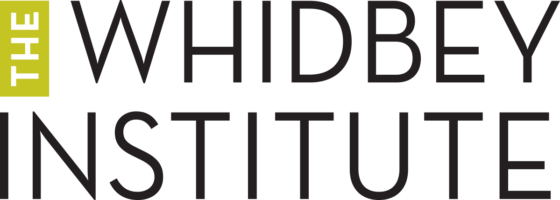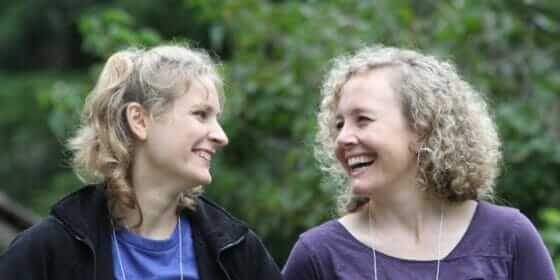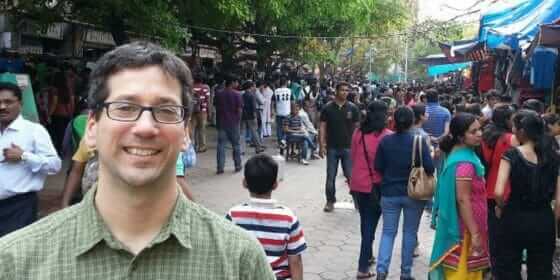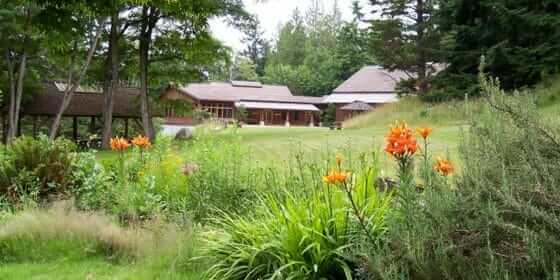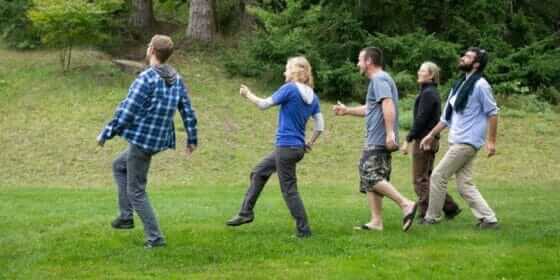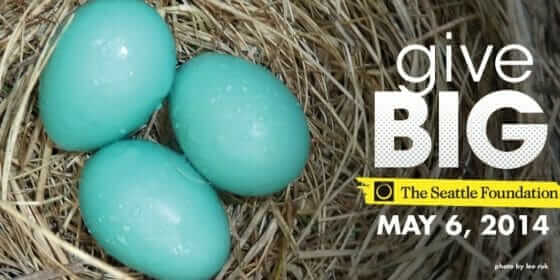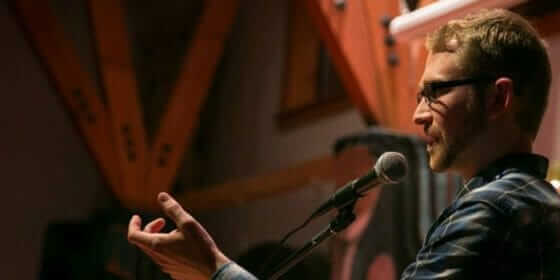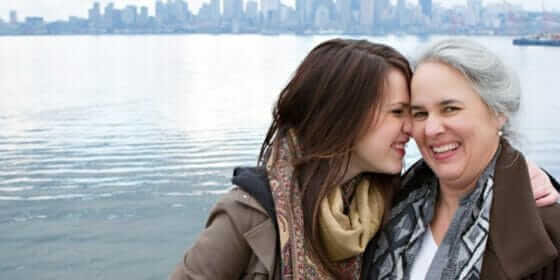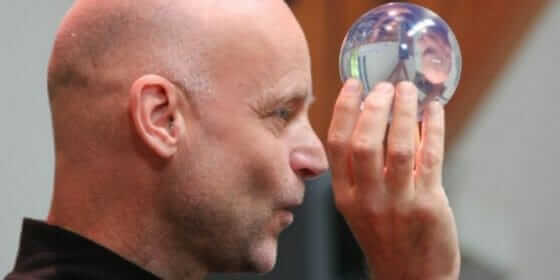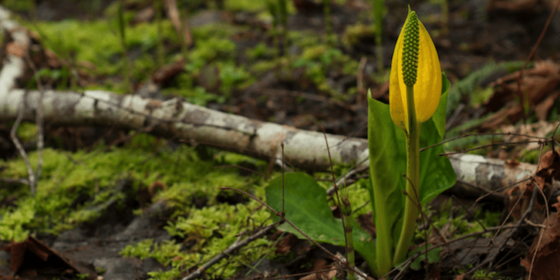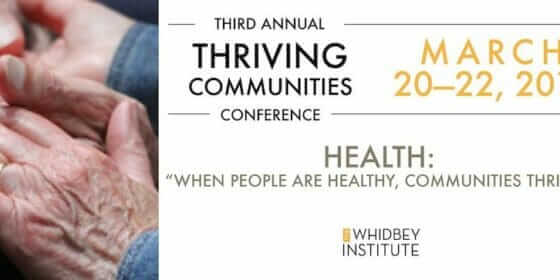Meet Our Team: Spotlight on Heather
Associate Director Heather Johnson is passionate about her work, which she described as, “cultivating appropriate structures, identifying clear purpose, and helping to build the culture.”
To her teammates, she is the light in the room. Her passions for cultivating maturity in individuals, the community, and the organization shine in every aspect of her work!
Before coming to the Whidbey Institute four years ago, Heather helped launch and grow Sustainable Connections in Bellingham, Washington. She’s also served as Interim Director of both Sustainable Seattle and Excellence Northwest. Here, she’s loved seeing the Institute evolve into its next wave of life. When asked how working with this current team feels, she answered quickly: “It’s thrilling. It’s a really exciting experience, to be on the inside when everyone on the team is a right fit for their role and we’re all working toward a purpose that we are passionate about.”
In addition to cultivating deep partnerships, right-fit relationships, and organizational maturity for the Institute at large, Heather also values this chance to cultivate her best self. “I’m grateful for the cauldron that is the Whidbey Institute,” she said. “As much as I’ve worked on the Institute, the Institute has worked on me. It has been exactly the learning I’ve needed in these years.”
Heather is currently evolving as a hiker and athlete, and takes great pleasure from returning to strenuous movement after a long hiatus, due partly to injury, and partly to, “forgetting how essential it is to move, every day.” This, too, is part of living to her full potential. “I’m learning how to walk my talk, and it’s exciting to feel greater integrity between what I believe, what I know, and what I actually do.”
